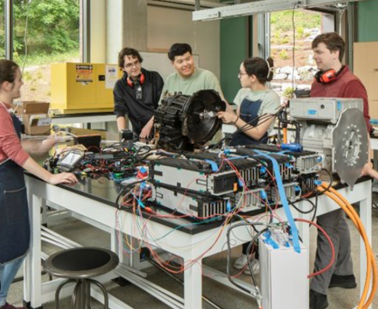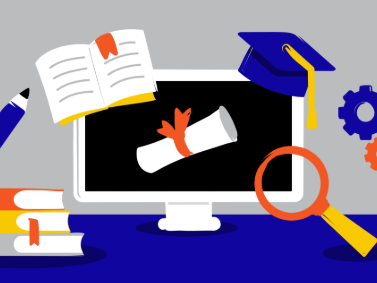Jean Piaget, a renowned developmental psychologist, introduced a theory of cognitive development that has significantly influenced education. His ideas about how children think and learn provide valuable guidance for teachers aiming to create effective, age-appropriate learning experiences.
Understanding Piaget’s Stages of Development
Piaget proposed four key stages of cognitive development:
-
Sensorimotor Stage (Birth–2 years): Learning through sensory experiences and actions.
-
Preoperational Stage (2–7 years): Development of language and imagination, but thinking is still intuitive and egocentric.
-
Concrete Operational Stage (7–11 years): Logical thinking emerges, but only about concrete, tangible objects and events.
-
Formal Operational Stage (12 years and up): Abstract and hypothetical reasoning becomes possible.
Recognizing these stages helps educators understand what types of activities and instruction are most effective at different ages.
Practical Applications in the Classroom
1. Designing Age-Appropriate Lessons
Understanding the cognitive abilities typical of each stage allows teachers to tailor instruction to match students’ developmental levels. For example, younger students in the preoperational stage benefit from visual aids and hands-on activities, while older students can handle more abstract reasoning tasks.
2. Encouraging Active Learning
Piaget emphasized that children learn best through exploration. Teachers can foster learning by creating environments where students actively manipulate materials, ask questions, and solve problems rather than passively receive information.
3. Fostering Peer Interaction
Social interaction plays a key role in cognitive development. Group work and peer discussions encourage students to see different perspectives and refine their thinking, especially in the concrete and formal operational stages.
4. Respecting Individual Learning Paths
Students progress through cognitive stages at their own pace. Using Piaget’s theory, teachers can recognize and respect these differences, offering support and enrichment as needed without pushing beyond a student’s current stage of readiness.
Benefits of Applying Piaget’s Theory
-
Enhanced engagement through hands-on, student-centered learning.
-
Improved retention by aligning lessons with students’ cognitive abilities.
-
Development of critical thinking skills as students progress through stages.
Conclusion
Piaget’s theory offers valuable insights for educators striving to support students’ natural development. By aligning teaching strategies with how children grow and think, teachers can create more meaningful and effective learning experiences. Applying this theory in the classroom not only supports academic growth but also nurtures a love for learning that can last a lifetime.






